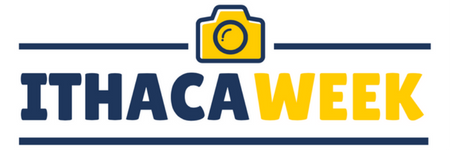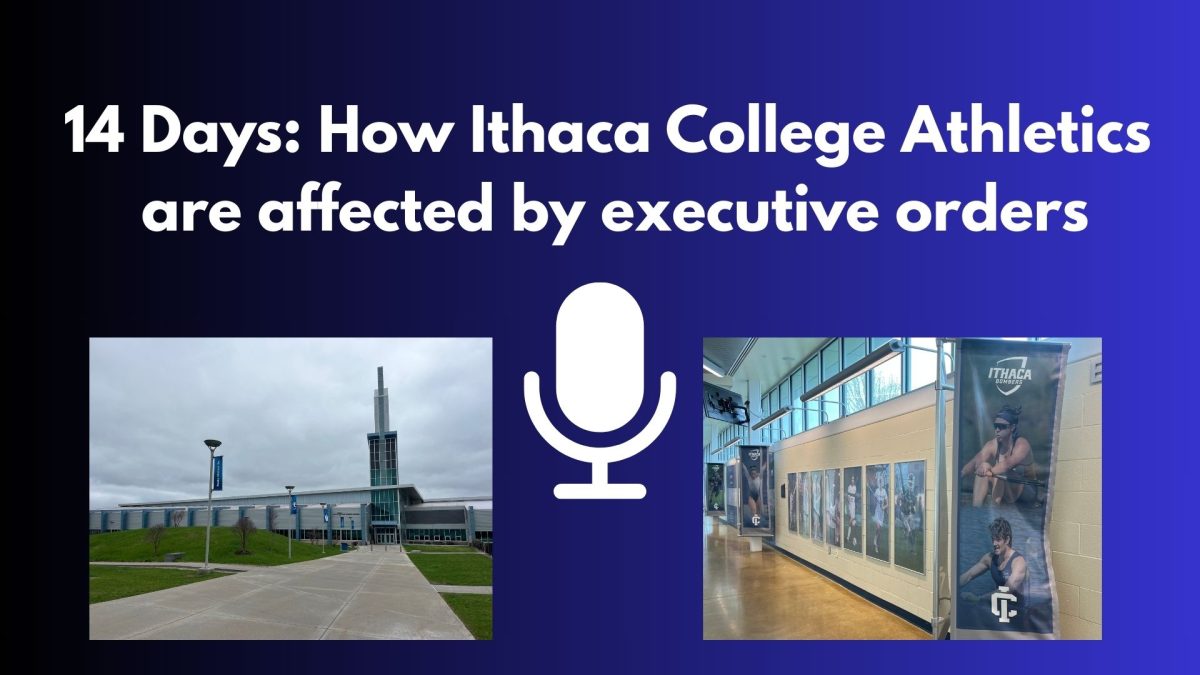With one hand on a ballet barre, pivoting their hips to the tempo of fast-paced music, ten students followed directions from instructor Dianne Sheppard inside Blackbird Studio in Ithaca.
“Step your toes right under your barre,” called Sheppard. “It’s a hell of a way to start a Saturday morning,” she added with a smile as she moved students on to a deep thigh-toning movement.
Although Barre was created in the 1930s, the ballet-inspired workout has recently surged into fitness scenes in cities across the U.S., similar to the way the latin-inspired aerobics workout Zumba took over the scene last year. Barre has made it to the top of 2013 fitness trend lists and a March article in the Boston Globe stated that “2013 is the year of the Barre.”
[swfobject]1326[/swfobject]
Although workout trends like Zumba and Boot Camp are sometimes scoffed at in the fitness community, director of Cornell/DNS post-baccalaureate Certificate Program in Health Studies, Joy Swanson, Ph.D. said that trends like Barre can encourage long-term fitness.
“It’s the same as dieting,” said Swanson. “People will try different diets to see which will work for them, so they try to find which fitness trend will fit their lifestyle the best. When people see fitness trends in the media, it encourages some people to engage in that and incorporate it into their life better than others.”
In the more than 20 Pilates studios in the Ithaca area, only a few have yet to offer Barre classes, but the ones who have, have found it increasingly popular among residents. Barre fitness has been taught since June in the PILATES Room in Ithaca. This January, the studio added 8 feet of Barre space to accommodate more clientele, said Tory Brown, director of the PILATES Room.
“We have about 20 people who are regular to some degree in at least one of the three Barre classes we offer,” said Brown. “We max out at about 12 students in a class and it is not uncommon for us to have that many.”
Barre draws mainly women, because the workout’s association with what Brown called the “ballet body ideal.”
“Ballet dancers are well toned,” she said. “They have muscular bodies but not huge, big muscles, and I think that’s an attractive feature of the workout.”
Barre techniques vary greatly. At the PILATES Room, the workout imitates a dancer’s warm-up routine.
“If you were taking a ballet class, you would start with a series of three or four moves thrown together and you would do that several times and move onto the next move. That’s how we work the barre in class,” said Brown. “For example, a series of slow kicks to the front or low pulses to the front with a slight kick from the side and the back, and then we move onto the next part of the body.”
Other studios teach Barre with a Yoga and Pilates fusion, such as Blackbird Studio. Sheppard’s class adds standard poses like Child’s Pose and planks to the workout but the rhythm is faster-paced than Pilates, leading to quicker results, said Sheppard. A one-hour session of Barre can burn 600 calories.
“It changes your body really fast, so all of the sudden you get a lot of definition,” said Sheila Bridges, who’s been taking Barre classes since she moved to Ithaca last year. “It doesn’t look like cardio, but it feels like cardio. But also it doesn’t bulk up your muscles in the way spinning or running does.”
That’s why Sheppard insists the Barre trend is more than a fad.
“I think it’s different than in the gyms where there’s Zumba or something like that, not that I’m busting on Zumba, but things come and go,” she said. “For things like Barre and Pilates, there’s a real kind of deep root to it; it’s a mind-body practice, so it’s more like a continuum than an explosion. I think it’s going to be around for a long time.”













